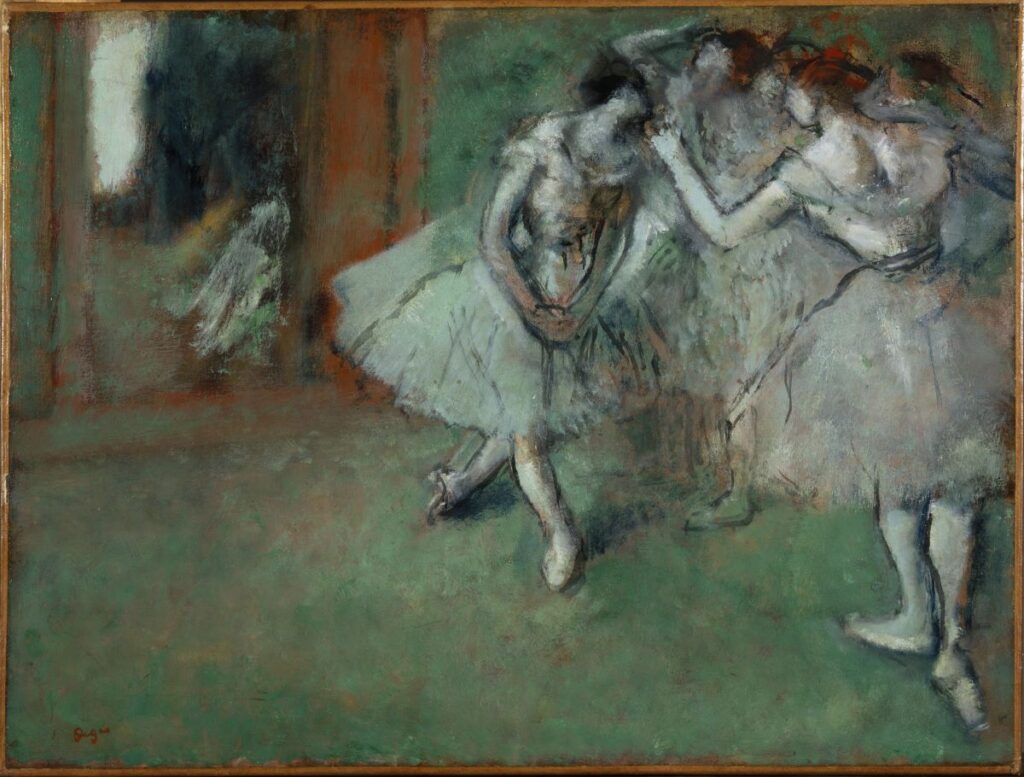
Discovering Degas: Glasgow Burrell Collection hosts first exhibition since re-opening
Over 40 years, Sir William Burrell collected more than 9,000 pieces of art which he left to the city of Glasgow in 1947.
But he had a passion for French impressionism and was particularly fond of the work of revered artist Edgar Degas.
Known for his iconic painting of ballerinas, Degas flew in the face of traditional impressionism, by capturing real people, in real life.
Burrell, a pioneer collector of what was a contemporary artist, played a vital role in introducing the work of Degas to the nation, collecting 23 works from the artist – far more than any other UK collector.
Now Burrell’s original collection of Degas is on show for the first time in the first, major exhibition to be held at The Burrell Collection since it reopened after a £68 million refurbishment.
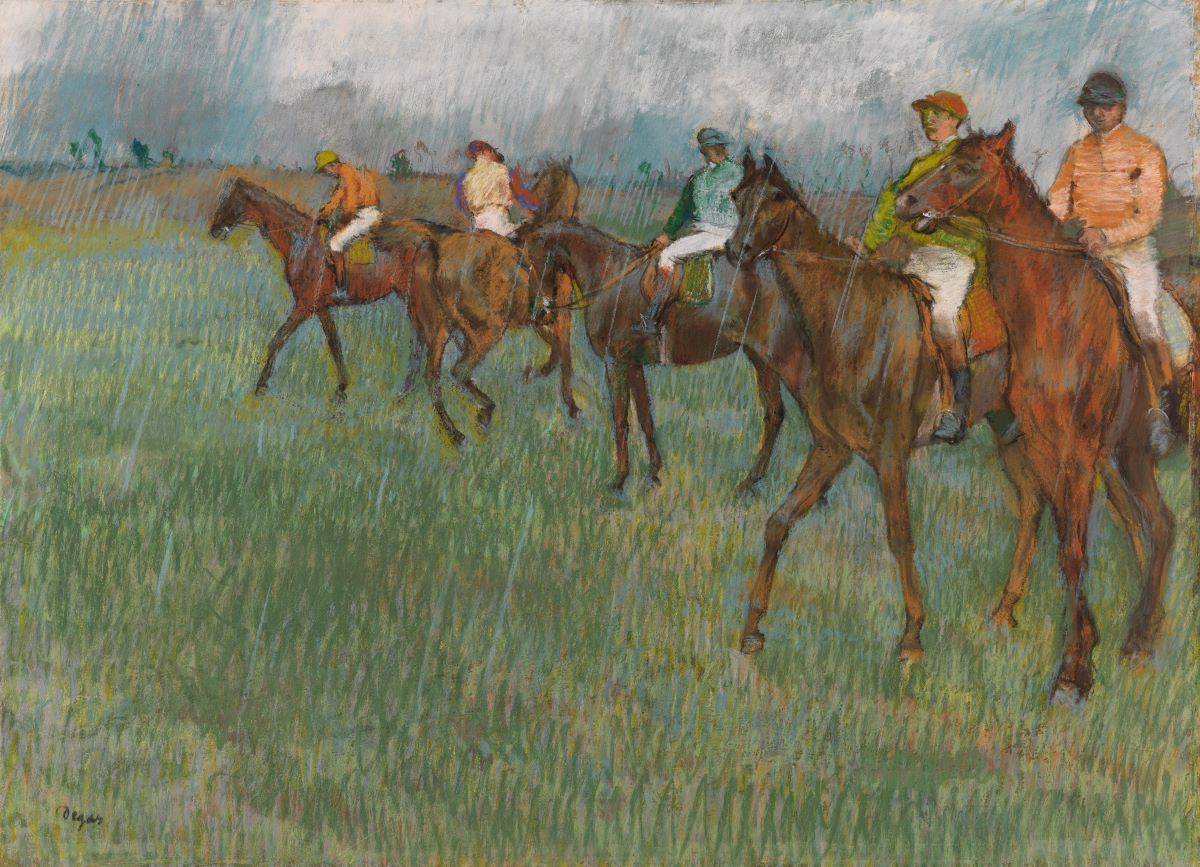
Jockeys in the Rain, Edgar Degas, c.1883-1886 (c) CSG CIC Glasgow Museums Collections.
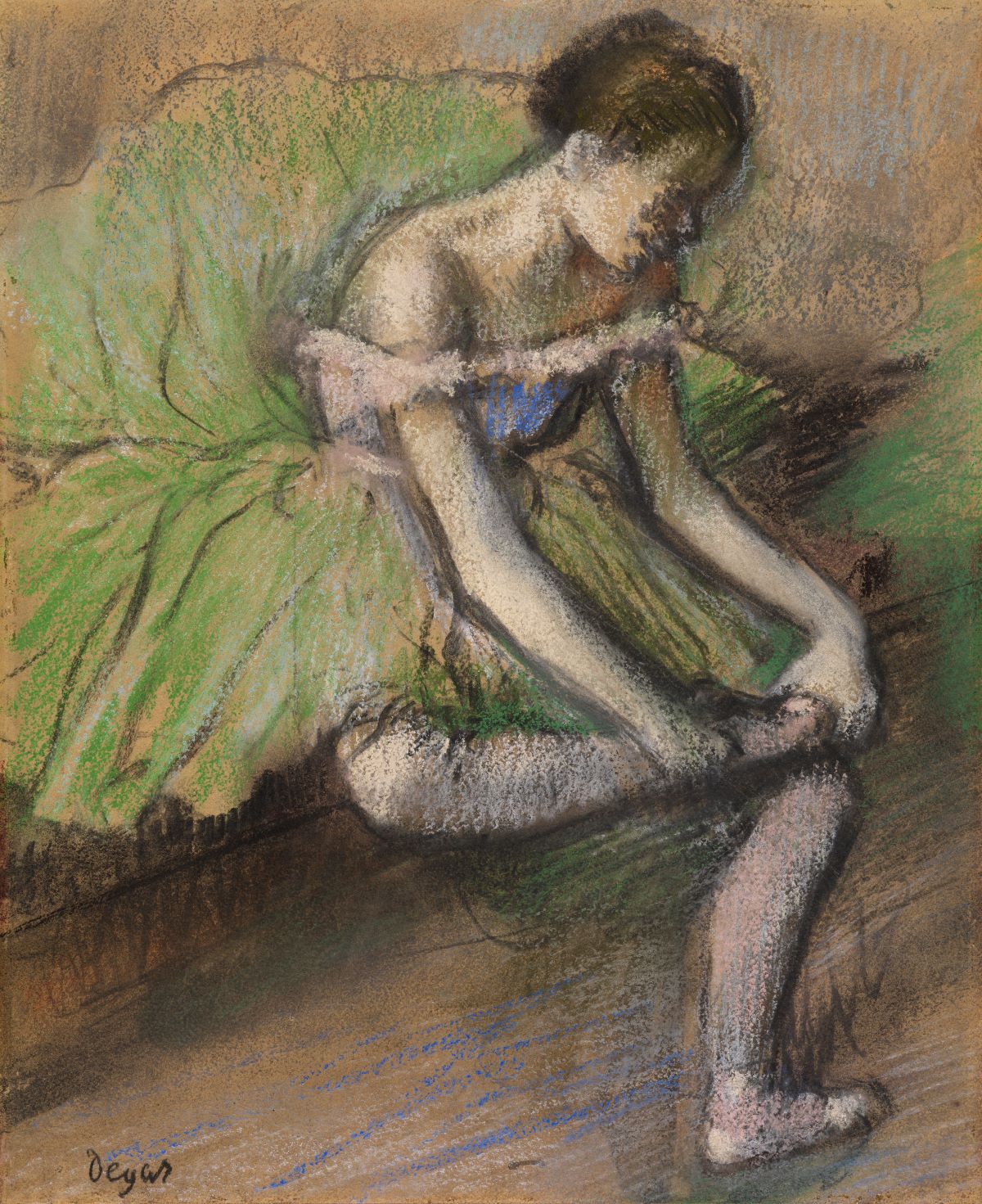
The Green Ballet Skirt, Edgar Degas, c. 1896 (c) CSG CIC Glasgow Museums Collections.
‘Degas’s work appealed to collectors like Sir William Burrell due to his skillful drawing, as well as his interest in portraying figures in movement,’ said Professor of 19th Century Art University of Edinburgh, Frances Fowle, who helped to curate the exhibition.
‘He was extraordinarily modern in his approach, working in a variety of media, adopting unexpected viewpoints and experimenting with bold colours and unusual light effects.
A further 28 world-class paintings, works on paper and sculptures on loan from 13 of the UK and Europe’s finest national and international collections, will also feature in the exhibition.
Pippa Stephenson-Sit, who co-curated the exhibition, has been working on the project for three years.
‘It’s been a real privilege to work on the exhibition. Seeing all of the work go up and how they look together has been magical. It’s like a theatrical performance,’ she said.
‘It’s really come to life in the gallery space, everything in my head formulated in front of me and it’s finally ready to be shared with the world.
‘Knowing the objects in a catalogue is very different to seeing them on the wall, and I have really been able to get to know the art very well.
‘Burrell was really ahead of his time, he was a pioneer collector. He played such an important role in introducing the work of Degas to the nation.’

Pippa Stephenson-Sit, who co-curated the exhibition, has been working on the project for three years.
The ballet gave Degas an opportunity to experiment with movement, colour, and form. Degas was a regular visitor to the ballet and enjoyed backstage access for a time.
From the early 1870s, he started depicting scenes of the dancers. Visitors can see for themselves Burrell’s fascination with the dancers; the strain dancing placed on their bodies, moments of relaxation behind the scenes, glimpses of convivial comradery, captured in vivid pastels and oil paint.
But while he might be best known for his paintings of dancers, Pippa hopes the exhibition will add another dimension to people’s understanding of Degas.
‘He was very fond of Britain and travelled here several times,’ she said.
‘He cultivated relationships and recognised opportunities for selling his work to British art collectors, who were beginning to develop a taste for modern French art.
‘Sir William had a keen eye for his artworks and collected them for about forty years.
‘From modern Parisian life, to horse-racing, to ballet scenes, Degas tirelessly tackled a number of fascinating topics in a way that was entirely his own.
‘His artworks remain extremely popular today.
‘As an art student, I always knew Degas as a painter of ballerinas and dancers. And a lot of people think they know Degas, but his ballerina pictures have become really sanitised.
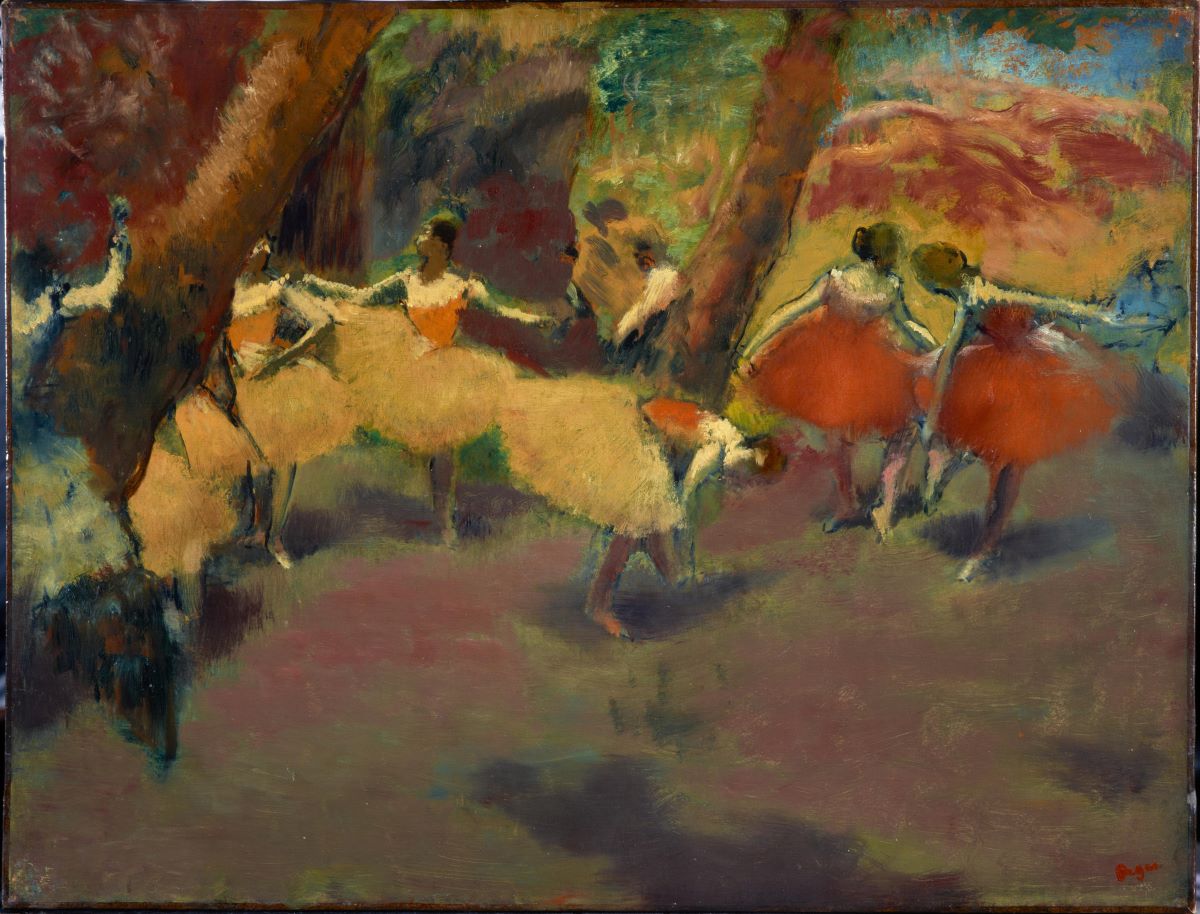
Before the Performance Edgar Degas (c) National Galleries of Scotland.
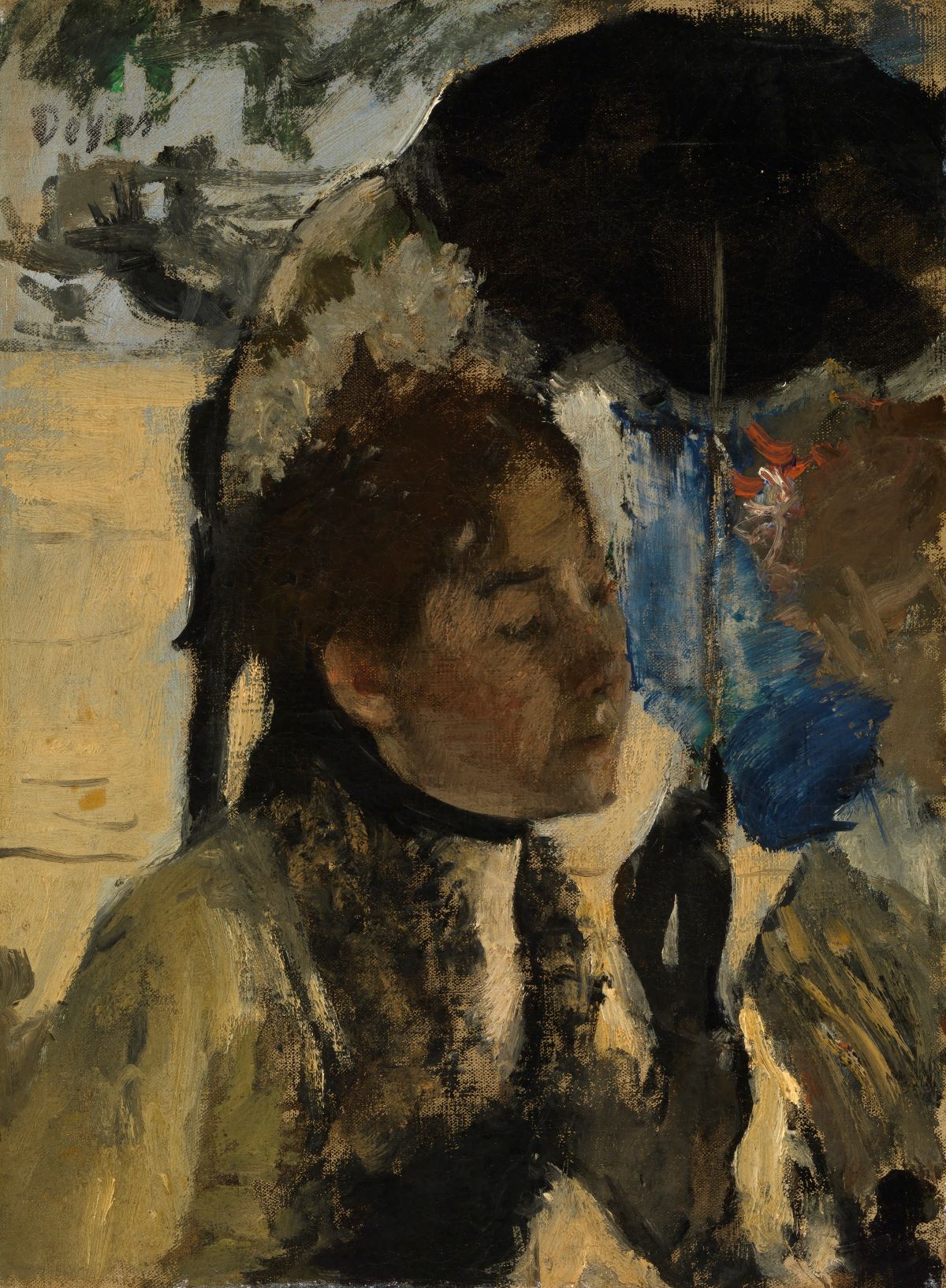
In the Tuileries Gardens, Edgas Degas, c. 1880 (c) CSG CIC Glasgow Museums Collections.
‘People are so used to seeing them they lose some of the radicalness and freshness of when Degas painted them.
‘It’s only through working on this exhibition I feel like I have really got to know him in an intimate way.
‘Through looking at his technique, his truly experimental nature through every medium, from sculpture and print to drawing and oil paintings, it’s been a journey of discovery as a curator.
‘He truly is one of the greatest artists the world has ever known.
‘Hopefully people seeing this exhibition will learn that Degas was incredibly evolutionary. His eye and the way he saw things was so different to other artists at the time.
‘I hope to really challenge people’s perception of who Degas is, so they come out of the exhibition and realise he wasn’t just a painter of ballerinas.’
Discovering Degas: Collecting in the Age of William Burrell runs until September 2024.
Read more News stories here.
Subscribe to read the latest issue of Scottish Field.
TAGS

